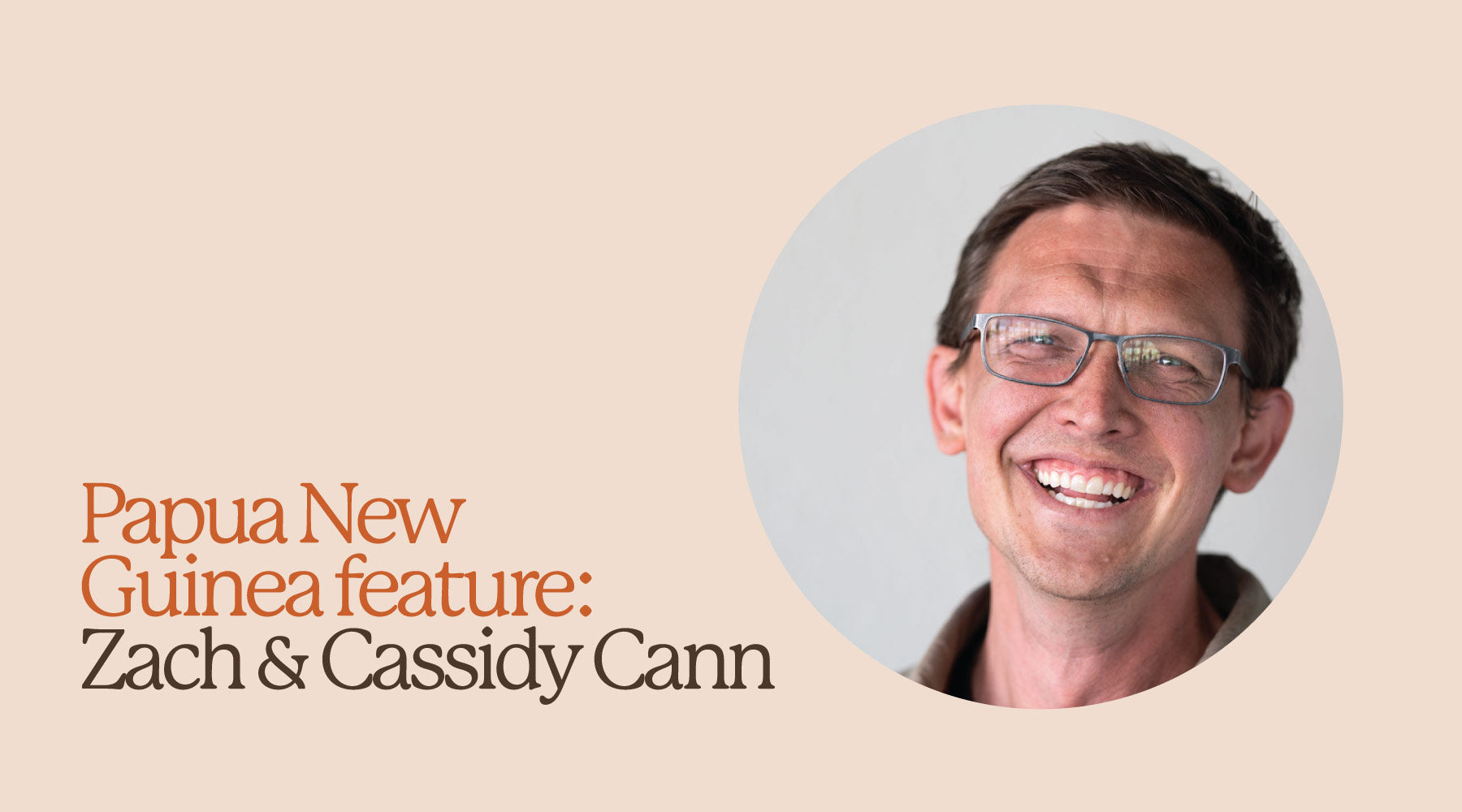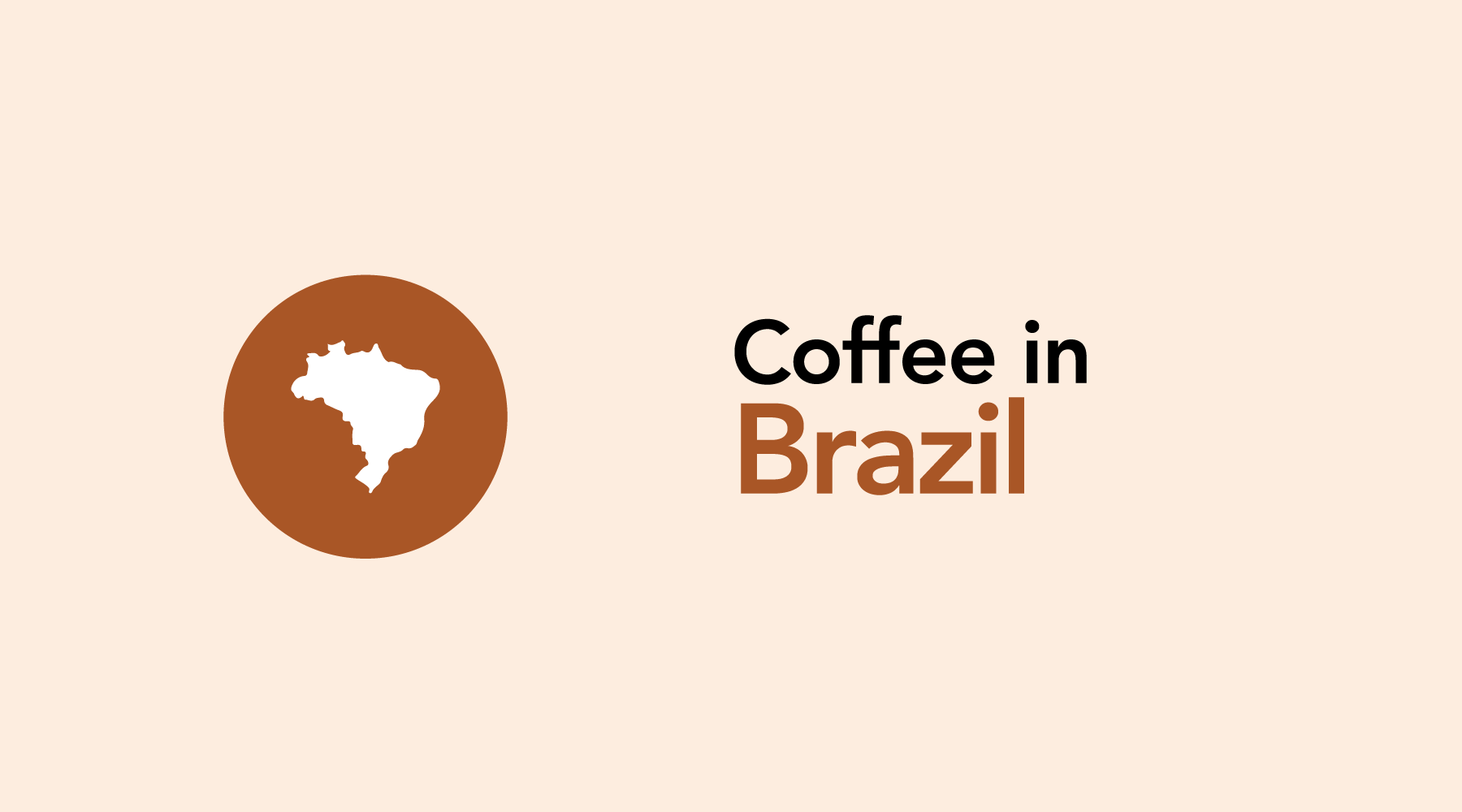Coffee Varieties Explained in Two Stories
Our Tour of El Injerto Gave Us a Masterclass in Coffee Varieties. Here is a Summary of What We Learned.
It is going to get old if we keep referencing our trip to Guatemala in every single blog post, so one day I will stop but today is not the day. It was so impactful to my view of coffee because it connected textbook knowledge to real-world experience. It has given me a new perspective on the different topics we’ve discussed over the years and how to hold them. None more significantly than coffee varietals, or varieties. I knew a lot of textbook information about coffee varieties but walking the trees and listening to farmers talk about how they are toying with multi-year tests on the locations and density of varieties within their farm was game-changing. In response to this education I’ve received, I’ve written this blog around a couple of separate conversations we had about coffee varieties. I’ve ordered them chronologically from our trip. I hope my words help you see something new about varieties.
A Quick Overview of the Textbook Knowledge
Before I spend too much time on the variety conversations, I want to give you a quick overview of the coffee plant. Hopefully, this overview will make the rest of the blog more readable.
Let's start at the very beginning of the process: the crop itself. Believe it or not, coffee is not a bean at all; it is a seed, and from that seed grows what we refer to as the coffee tree. Generally, that coffee tree produces fruit every year, making the coffee world work on a yearly cycle. Thankfully for us, different countries' rotation cycles are at other points of the year, so we can enjoy fresh coffee crops all year round.
A variety is a variation of the Arabica plant. The coffee cherry has subsets of plants, each with its own characteristics. Coffee varieties have a tight-knit parallel to something like apple varieties. Granny Smith, Fuji, and Red Delicious are all apples, but each variety has its own unique physical characteristic, color, shape, and most importantly; flavor profile. Coffee is the exact same way. A Bourbon, a Pacamara, and a Geisha variety are all Arabica cherries, but each has its own subset of differences from one another. For example, a Typica bean will be cleaner and fuller than a Bourbon bean, a Caturra bean will be more acidic than a Yellow Catuai, and so on. It’s easy to make these distinctions when the full fruits are on display, but what makes coffee so much more nuanced and difficult to understand is the fact that we are completely removing the fruit, breaking down the whole anatomy of the seed itself, and altering the seed’s color by roasting it. The coffee process whittles down those once obvious distinctions in the coffee cherries to a now fine-tuned set of micro differences.
That’s what I knew, or an entry into what we knew and blogged about. In fact, if it seems familiar, I pulled a lot of that from Jonathan’s Coffee 101 Blog post.
Planting and Elevation Strategies
Our first day in the mountains of Huehuetenango took us to the most amazing farm in Guatemala, El Injerto. As we worked our way through the tour, we rode up a mountain in a side-by-side ATV. At the top of the mountain, we enjoyed the experience of tasting perfectly ripe Pacamara & Geisha cherries off of the trees. We then began a 20-minute conversation about their planting strategy with coffee varieties. At this point, I turned to Jonathan and mentioned, “Everyone here is calling them varieties instead of varietals, so I guess we should change our usage of the word.”
The main points of our conversation had to do with how this producer was trying to strategically manage the aspects of coffee production in the location of different varieties. For example, some varieties are heartier and can combat leaf rust better - leaf rust is an airborne fungus that destroys coffee trees - so they would be placed accordingly. They also mentioned that they wanted to maximize the flavor of their highest-value coffees by planting them at a higher elevation. As coffee elevation increases, you have two opposing forces. Beans gain density in the lighter air and therefore will hold the flavors for longer. Think of it like bread, a light and fluffy bread will go stale much quicker than a dense donut. The higher the density, the longer the green beans will hold their flavor. However, at a certain point, the coffee tree’s production yield will go down due to the lightness of the air. So, managing this balance is a key aspect of coffee farming.
As the production manager was explaining his strategy, our host, Don Edwin, turned to me and asked for a copy of the video I was recording. The way El Injerto was implementing its variety strategy was like a masterclass in strategic coffee planting. As I stood there, I realized a coffee tree takes years to produce fruit, so a strategy like this doesn’t happen overnight or even in a crop season or two. These are long-game strategic decisions that have to be proven over time, so even a little bit of information can save Don Edwin years of trial and error.
Cupping the Same Farm
After we finished our tour of the farm, we were led into El Injerto’s cupping room. The whiteboard in the room had written on it: Geisha, G2 Natural, Double Fermentation, Bourbon, Nativo & Pacamara. Our test was to cup these six coffees, all grown and processed at the same farm, and determine which variety was which. It was the most scientific you could possibly get in a comparison of varieties: the same country, the same region, the same general range of elevation, down to the same farm. The only difference here was the varieties, with a couple of variable processes as well.
I went into this cupping knowing just a few things about these varieties. I knew that a Geisha coffee is typically a more floral and delicate coffee and a Natural will almost always have more fruited notes. Double Fermentation was the one I knew the least about, but I expected a type of malic acidity that would be similar to fermented wine. We then got to the more traditional varieties. Bourbons are sweeter, Nativo was new to me, but I used my SAT vocab prep guess and figured these would taste more like what is expected as native to Guatemala. And finally, my personal favorite variety, the Pacamara is a brilliantly savory bean. There were six of us blind-cupping these coffees and I think Jonathan and I were the only ones that were not formally trained in coffee cupping at the time. We were clearly out of our comfort zone.
I used my limited knowledge and took in the aroma of each of these beans’ dried grounds. They were obviously different, but the differences were subtle. I think I walked the table two or three times before I felt any sort of confidence in my guesses. The Geisha was obvious to me, as was the Pacamara. However, I had a hard time telling the difference between the Natural and Double Fermentation at all, so I just took a guess there. When the Bourbon and Nativo were the only ones left, I compared them and picked the Bourbon to be the one that was sweeter to me.
They then poured the water and we waited for the coffee to steep. I smelled the break, but frankly, that did nothing for me - I just didn't understand that part of the cupping process. Then, we were on to actually cupping these coffees. The first time around the flavor differences were clear, but I couldn’t guess which was which. I went around the table twice and stared at the notes of my guesses from the dried grounds. I felt confident in the Pacamara and the Geisha again. But, I almost switched my guess for the Bourbon and Nativo until I decided to stick with my gut. And, I honestly felt the Natural and Double Fermentation could’ve been the same bean and they were just playing a trick on us.
I then confidently handed my card to the guy with the answer key, and he gave it back to me with one wrong. Jonathan looked at me and said, “How is that even possible, there are six. You’d have to have at least two wrong if any are wrong.” He was right, somehow, I had gotten them all right. I was the only one in the room to do that.
I tell this story, first to brag. I mean, I know for a fact it was dumb luck and that I used the same test-taking strategy I’d used to work my way through college. Process of elimination with what I know to be true. But the real point of the story is that coffee varieties mean a lot, but they also mean very little. We had an opportunity where coffee varieties stood on their own. Every other variable was as close to the same as possible. We then took a room of professional coffee tasters who buy coffee for a living and not a single one was confident in which coffee was which. The only one that got it right, did by dumb luck and dried grounds aroma, not taste. So, I know that many of you have favorites for varietal and I do too, but at the end of the day, there are a lot of other factors that have a more significant impact on flavor.
The flip side of this conversation is that premium varieties probably mean premium farming practices. Every single producer that plants a Pacamara or Geisha and gets a 40-60% yield vs a Caturra, is going to do their best to baby that coffee at every step of the process. I think that’s why when I see a Pacamara on the cupping table, I get excited. When I get a Bourbon or Nativo on my cupping table from El Injerto later this year, I will have the same level of excitement though, because I know how it was farmed. This really is what our Black labels are; any variety of a Black Label coffee sets itself apart because of the farming practices, not just the variety.
What’s the Point of These Stories?
Later that week we toured Don Edwin’s variety garden. We got to see his test of something like 23 varieties planted on the same side of a mountain receiving the same treatment. This was a multi-year test with some interesting results. I bring up a third brief story to emphasize my purpose in the other two stories. Coffee varieties mean everything to coffee producers. They are constantly talking about them and adjusting them. They want to know what variety is going to maximize profit which is really a function of three competing factors, flavor, yield, and risk. They need to be able to quantify those factors in the best way possible and maximize the amount of money their farm can produce on an annual basis. We as roasters and coffee drinkers think most about coffee flavor, but if one variety will produce 20% of the yield of another, will we pay five times as much? Some, but not all of us will.
The idea of variety is probably best illustrated next to the idea of photography. A good photographer with a decent camera is going to take a far better photo than a bad photographer with an insanely high-end camera. An expensive camera’s inherent value isn’t going to automatically produce a better product, but its potential is going to be greater. That expensive camera could be, although it doesn’t have to be, the distinguishing factor in maximizing a professional’s skillset and photographic abilities.
Varieties are the same way. A farm using an expensive variety is not necessarily a better farm or one that automatically has better coffee than other farms. The variety isn’t necessarily the difference maker, the producer’s ability to use that variety’s potential is. A producer that works with a more delicate, expensive variety is showcasing that their farming practices can actually put the extremely dynamic and unique flavor profile of that variety on display. They have the ability to actually handle a delicate Geisha bean and be able to effectively bring out its naturally complex and floral flavor notes. So, when we were at the El Injerto farm, the difficulty of distinguishing the nuance in each of the varieties was not by their lack of ability to cultivate coffee well, but rather the opposite. Their farming practices are so fine-tuned throughout their entire facility that every cup tasted dynamic, every cup tasted complex, and every cup was delicious. The better the farm is, the thinner the margin gets between varieties. The more attention that a farm gives to a variety, the better it will be. A great photographer can take an incredible photo no matter what camera is in their hands. A great farm can produce incredible coffee no matter what variety it is.
So, do varieties even matter? Absolutely. We can’t forget that everyone in the fourth-wave coffee world is chasing the best cup of coffee they’ve ever had. We cannot dismiss any factor that could contribute to achieving that perfect cup, whether its variety or process or elevation or whatever. Variety is indeed an important factor, but it’s important to remember that it’s not a golden ticket to an amazing cup of coffee (yes, a Geisha bean can taste bad!). This is what makes supporting coffee farms so important, they are the crux to a coffee’s quality. Whatever means they use to get there, if their coffee is amazing, then we should be supporting and celebrating them. If we’re celebrating the farmer’s product and neglecting the farmer’s skill, then we’ve missed the whole point.



